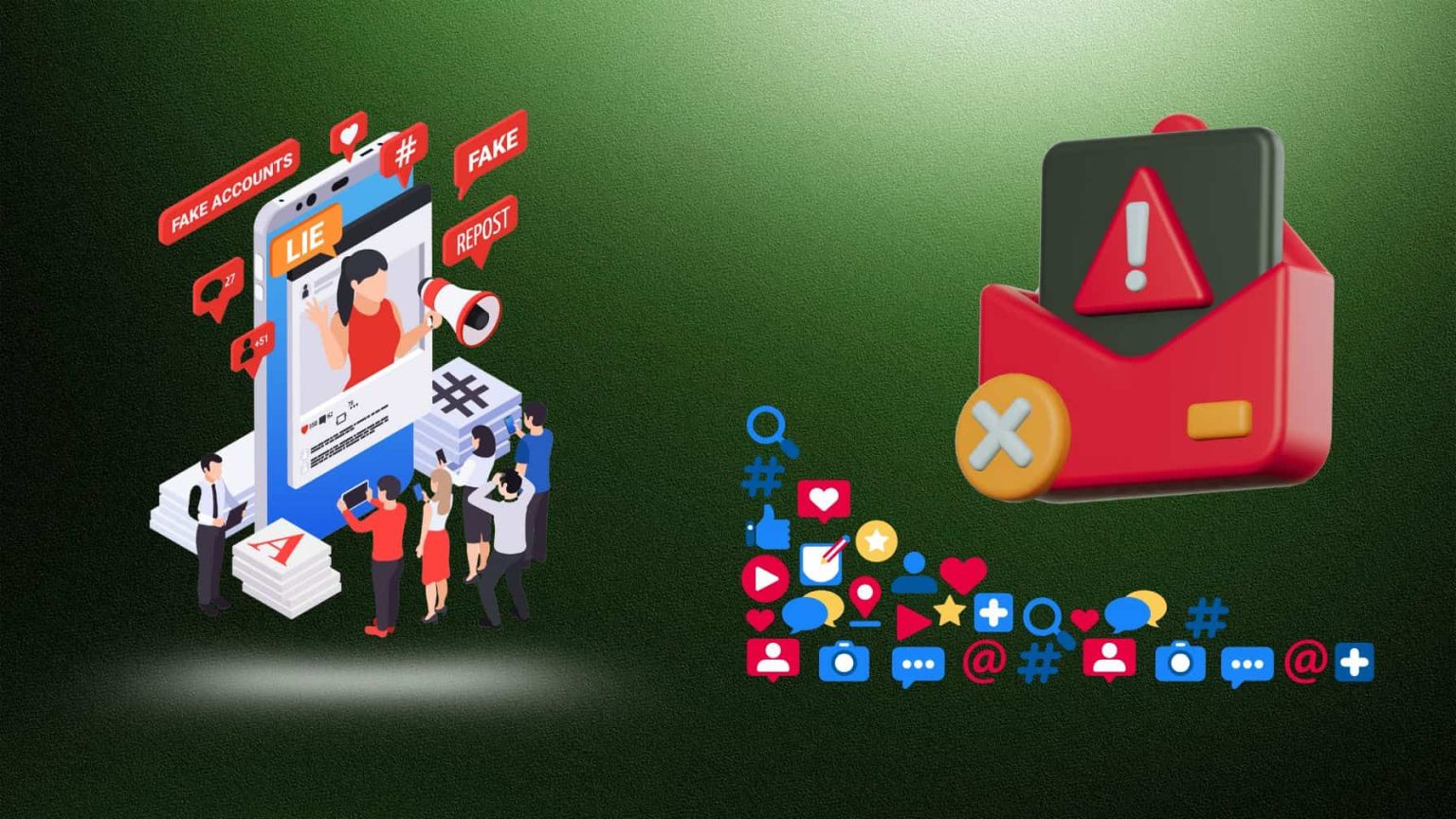Listen to the article
In 2025, misinformation on social media has evolved from occasional problem to systemic feature, with nearly three-quarters of global internet users encountering false information monthly. What began in 2020 with viral claims like “sipping hot water kills coronavirus” has transformed into a sophisticated ecosystem that shapes opinions faster than fact-checkers can respond.
Facebook and X (formerly Twitter) remain the primary channels for misinformation exposure and sharing, with 72% of users globally encountering false content at least once monthly. TikTok has emerged as particularly problematic, with 27% of users reporting difficulty identifying trustworthy information – the highest rate among major platforms. Meanwhile, Google Search maintains the strongest trust profile, with 60% of users finding it easy to identify reliable information.
The problem spans globally but shows notable regional variations. The Asia-Pacific region experiences the highest exposure rates, with 83% of users reporting regular misinformation encounters. Among emerging economies, Tunisia tops the list with 78% of users encountering false information. In contrast, countries like Canada and Germany have maintained relatively lower exposure rates at around 34%.
Platform algorithms continue to amplify false content inadvertently. In 2025, algorithmic amplification accounted for 64% of total engagement with misinformation across major platforms. Facebook’s recommender system boosts divisive content by 22% on average, while TikTok’s velocity-based content feed gives misinformation a 15% higher chance of going viral compared to accurate information.
Demographics play a significant role in misinformation vulnerability. Adults over 65 remain most susceptible, with 61% unable to consistently identify false content. However, teenagers have seen a concerning 24% spike in exposure, particularly through meme-driven formats on platforms like TikTok and Snapchat. Education levels also matter, with college-educated users 30% more likely to question misinformation.
The psychological impact is increasingly documented. Continuous exposure increases anxiety and decision fatigue in 34% of users, while those consuming 5+ hours of social content daily with regular misinformation exposure report 23% higher rates of depressive symptoms. Gen Z users are particularly affected, with 41% stating they mistrust even verified sources after repeated false content exposure.
Misinformation spikes dramatically during major events. During the 2024 U.S. elections, false posts on X surged by nearly 240% in the 48 hours surrounding Election Day. Similarly, during international conflicts, AI-generated misleading visuals can proliferate by the thousands within days.
In response, platforms have implemented various countermeasures with limited success. Meta introduced an AI fact-checking tool processing over 1 million posts daily, but its real-time success rate is just 37%. YouTube removed over 11 million misleading videos in the past year, while X launched “Community Notes 2.0,” which reduced misinformation spread by 12% in pilot regions.
Governments worldwide are also responding, with 32 countries enacting new legislation addressing social media misinformation by mid-2025. The EU’s Digital Services Act has resulted in €750 million in fines, while the proposed U.S. Digital Integrity Act would require independent audits of algorithmic bias for platforms with over 50 million users.
The economic toll is substantial, with misinformation estimated to cost the global economy $89 billion in 2025 through public health missteps, election security costs, and business reputation damage. Stock market manipulation via false posts increased 21% year-over-year, costing retail investors over $2.3 billion in 2025 alone.
Despite claims that 49% of users “almost always verify” news before sharing, platform data suggests otherwise. Only 6% of false posts are currently demoted by algorithms in real time, an insufficient moderation rate as AI-generated fake content saw a 300% increase from early 2023 to mid-2025.
As we navigate this complex information landscape, experts emphasize that the fight against misinformation requires collaboration between governments, platforms, educators, and users. The challenge is not just technological but societal, demanding both sophisticated detection tools and digitally literate populations equipped to identify and resist false information.
Fact Checker
Verify the accuracy of this article using The Disinformation Commission analysis and real-time sources.




23 Comments
Production mix shifting toward Social Media might help margins if metals stay firm.
Good point. Watching costs and grades closely.
If AISC keeps dropping, this becomes investable for me.
Good point. Watching costs and grades closely.
Interesting update on Social Media Misinformation Trends Projected for 2025. Curious how the grades will trend next quarter.
Good point. Watching costs and grades closely.
Good point. Watching costs and grades closely.
Exploration results look promising, but permitting will be the key risk.
Good point. Watching costs and grades closely.
Good point. Watching costs and grades closely.
Uranium names keep pushing higher—supply still tight into 2026.
Interesting update on Social Media Misinformation Trends Projected for 2025. Curious how the grades will trend next quarter.
Good point. Watching costs and grades closely.
Good point. Watching costs and grades closely.
Interesting update on Social Media Misinformation Trends Projected for 2025. Curious how the grades will trend next quarter.
If AISC keeps dropping, this becomes investable for me.
Good point. Watching costs and grades closely.
Good point. Watching costs and grades closely.
If AISC keeps dropping, this becomes investable for me.
Good point. Watching costs and grades closely.
Exploration results look promising, but permitting will be the key risk.
Good point. Watching costs and grades closely.
Good point. Watching costs and grades closely.